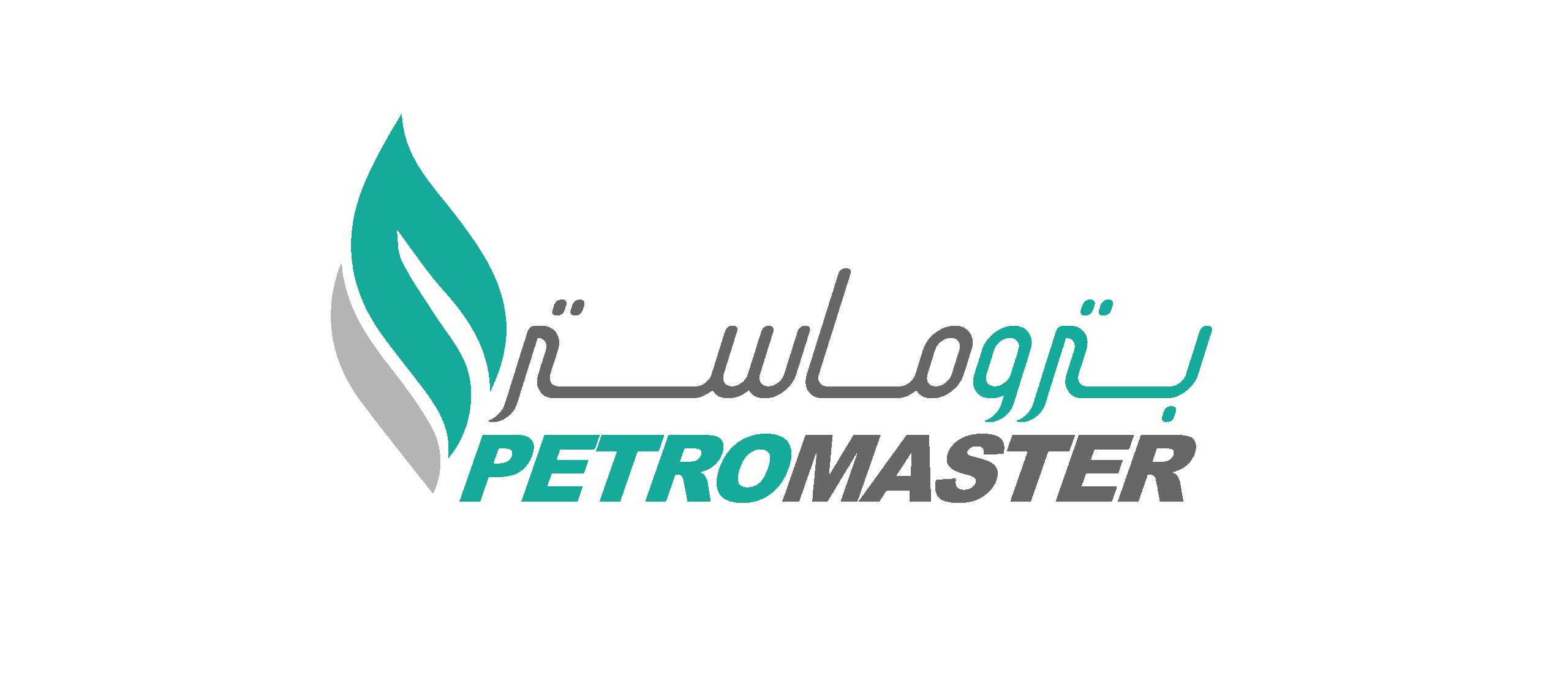Introduction
The main aim of this engineering task described in this report was performing a Fitness-for-Service assessment of LP rotors in the presence of observed corrosion damage (pitting) at turbine stages L-2 (LFR3, LBR3), L-1 (LFR4, LBR4), and L-0 (LFR5, LBR5).
Technical Investigation
The undertaken assessment was based upon the following items:
- Critical review of all technical information provided by the power plant on the design and operation of the steam turbine units I and II and thus of the LP rotors of concern.
- Conduction of detailed non-destructive examination including both visual inspection and fluorescent magnetic particle inspection of rotor grooves of stages L-2 to L-0 of rotor LPTR-A.
- Detailed inelastic finite element analysis of turbine stages L-1 (LBR4, LFR4) and L-0 (LBR5, LFR5) as these stages were identified as the stages with the most-pronounced corrosion pitting damage.
- Metallurgical replication of rotor stages L-0 to L-1 of rotor LPTR-A to establish pit metrics with respect to the governing, prevailing maximum corrosion pit depth and corrosion pit shape and potential clustering at each considered turbine stage, referenced against the accumulated operating hours of the rotor against October 2022 as time of inspection.
- Fracture mechanics-based integrity and lifetime assessment of the rotor groove (steeples) of stages L-1 and L-0 with respect to the onset and risk of stress-corrosion (SCC) induced crack initiation and crack growth as well as corrosion-fatigue (CF) related crack initiation and crack growth.
- Estimation of approximate crack growth rates under SCC and CF conditions to enable the determination of either safe inspection intervals or time of removal from service of rotors currently remaining in operating service.
From the conducted assessment, the following conclusions and technical recommendations were drawn:
The life-limiting turbine stage with respect to corrosion pitting damage is turbine stage L-1 (LBR4, LFR4) due to its nominally highest stress loading at the run-out radii below the contacting surfaces of the rotor steeples compared to stages L-0 and L-2 as derived from the conducted detailed finite element analyses.
On the basis of the evaluated corrosion damage and with assumption of significant improvement on steam purity as recently implemented, the LP rotors LPTR-A, LPTR-C, and LPTR-D at present nominally represent a low risk in safe turbine operation with respect to premature stress corrosion assisted crack initiation, followed by crack growth at a maximum rate of up to 0.4mm per 1000 hours of continuous operation, dependent upon the prevailing level of dissolved oxygen and CO2 in steam. This applies in particular to turbine stages L-1 (LBR4 and LFR4) where the highest level of corrosion pitting damage was found as part of the conducted detailed stage-wise visual inspection of all rotor grooves (firtree-type rotor blade root attachments).
on the basis of the conducted FFS assessment the observed corrosion pitting damage detected on the LP rotors LPTR-A and LPTR-D has yet not reached a severity in corrosion pit size where a noticeable penalty on LCF rotor life is to be expected.
The same operational period of 30.000 hours of continuous operation can in principle be applied to rotor LPTR-D if a detailed examination of the extent of corrosion damage does not reveal a larger extent of corrosion pitting damage as found on rotor LPTR-A, in particular for the highly stressed rotor steeple zones.
Recommendations
- Detailed non-destructive examination and metallurgical replication at rotor stages L-0 to L-1 of rotor LPTR-D to assess against premature macroscopic crack formation despite the lower life of the rotor compared to rotor LPTR-A, and establishment of pit metrics with respect to the accumulated operating hours of the rotor, allowing and in support of the determination of overall pit growth kinetics for the entire rotor fleet at the power plant.
- Technical appraisal of introducing chamfering of 5×5 mm size on both inlet and outlet sides of turbine stages L-1 (LBR4, LFR4), using localized on-site machining of the extremities of the concerned rotor steeples (contact run-out radii edges) with specialized tooling and machining templates, accompanied with a detailed finite element analysis and integrity assessment.
- Technical investigation and critical appraisal of a possible application of corrosion protecting surface coating to rotor grooves of stages L-1 (LFR4, LBR4) and L-0 (LFR5, LBR5).
Contact us at info@petromaster-sa.com or mat2@petromaster-sa.com for further information or similar requirements!!




